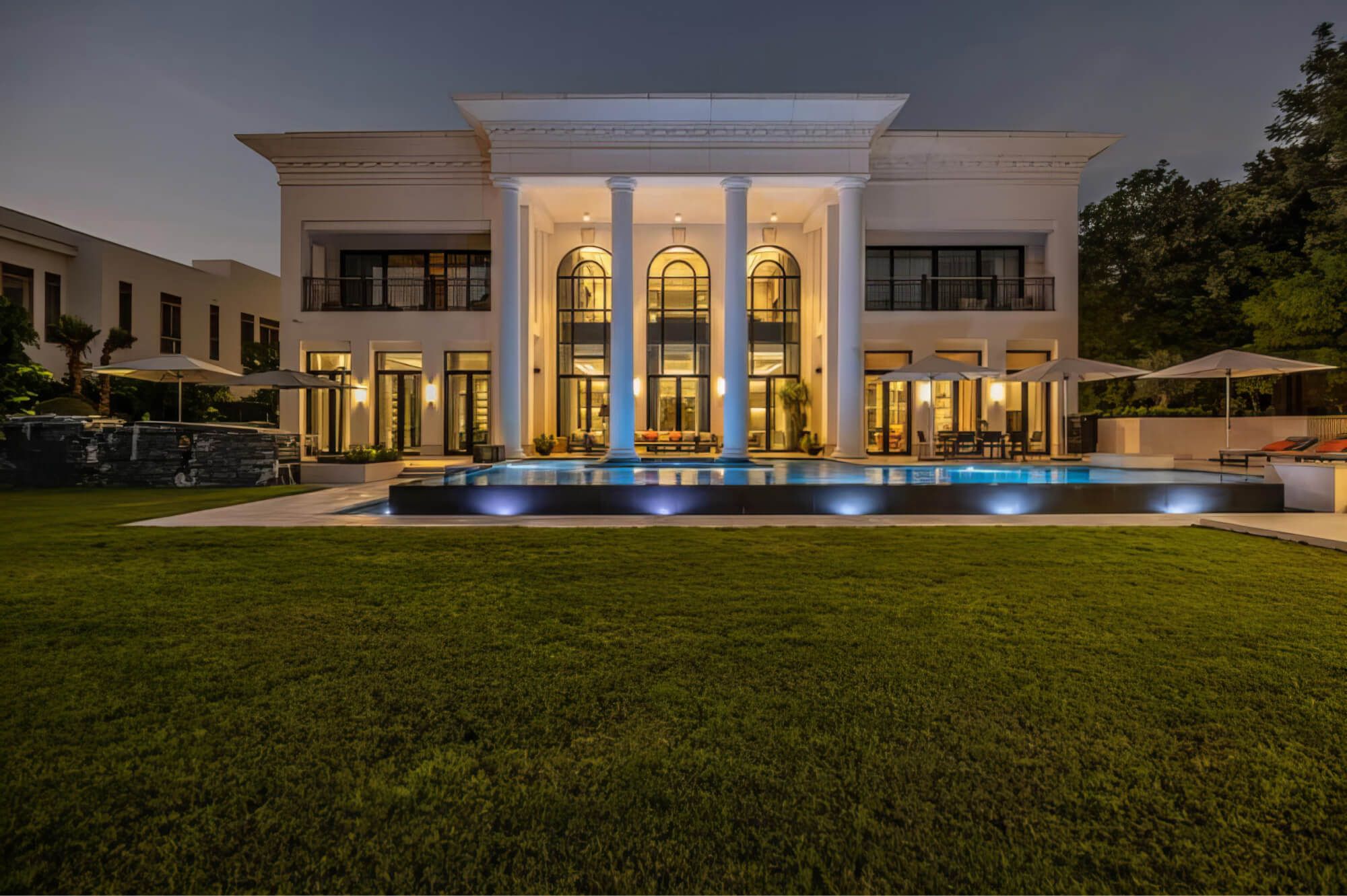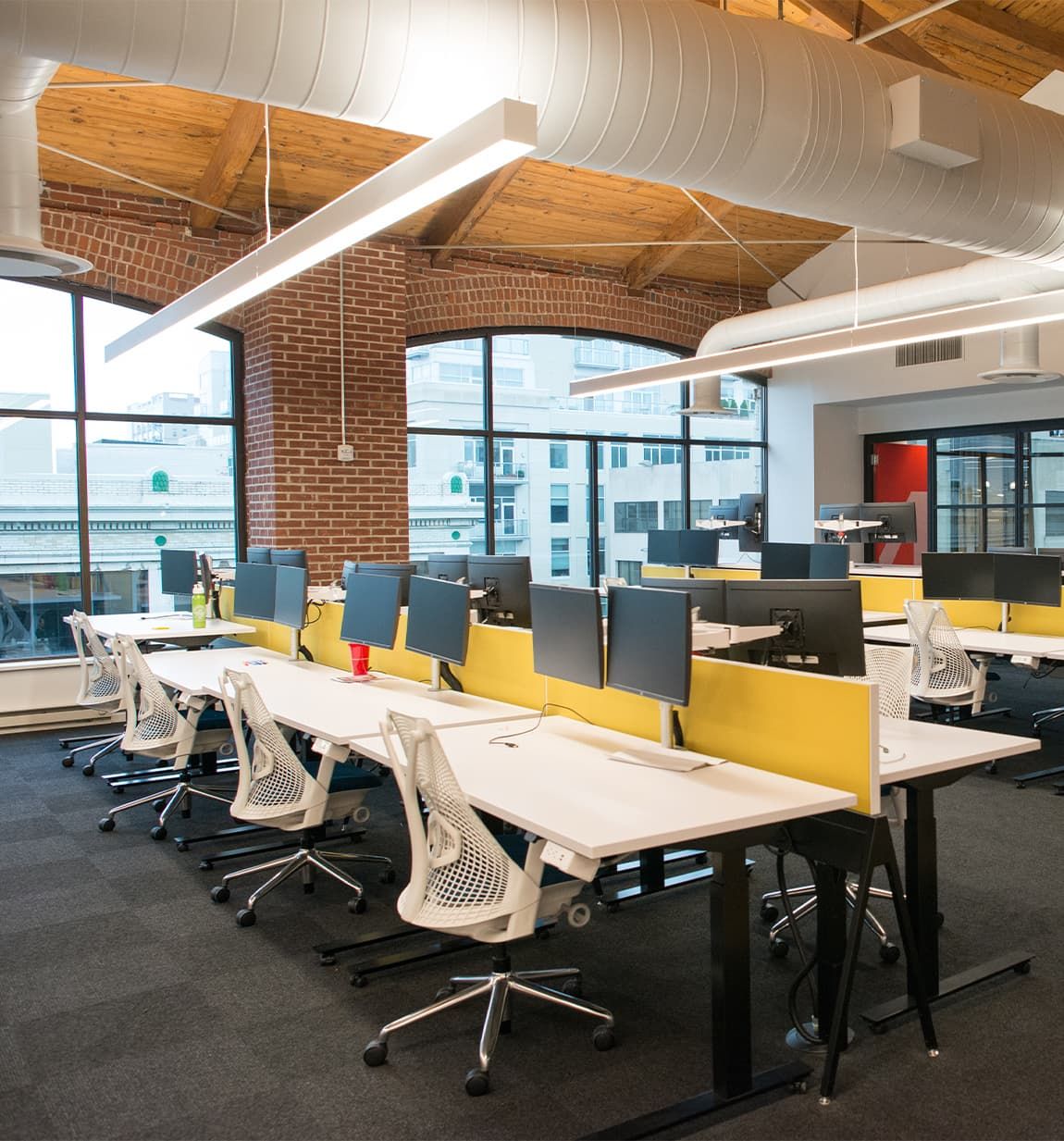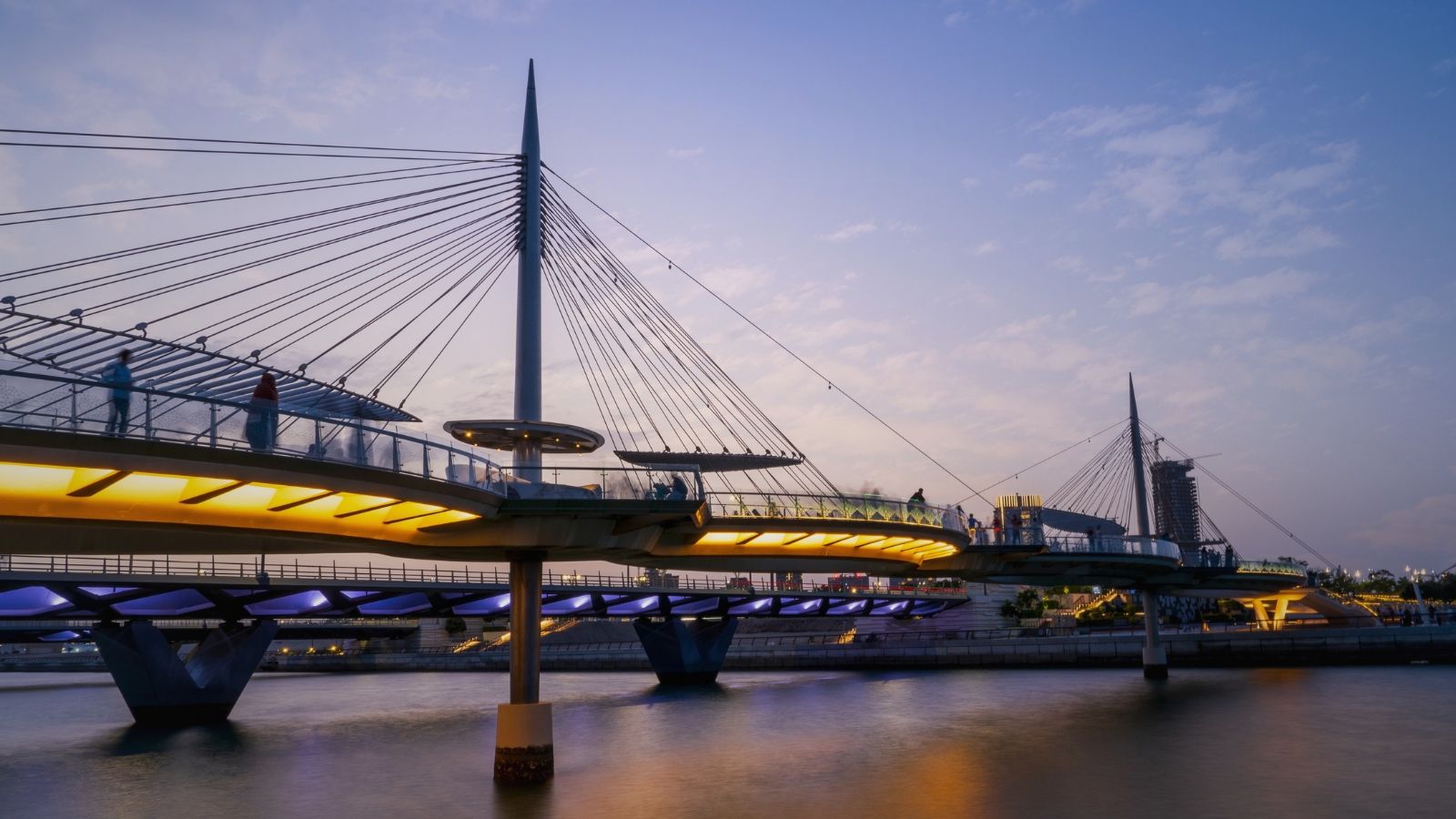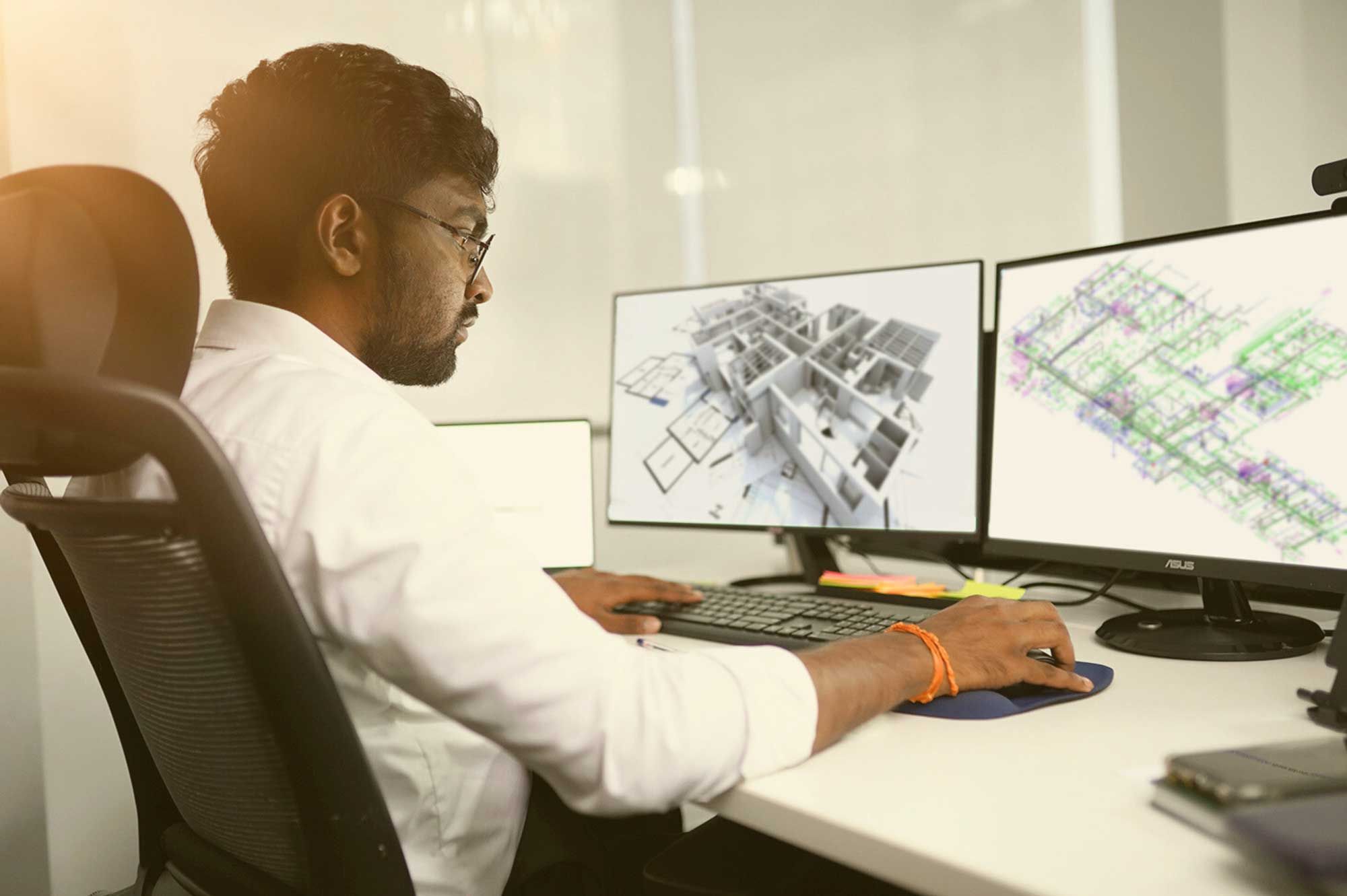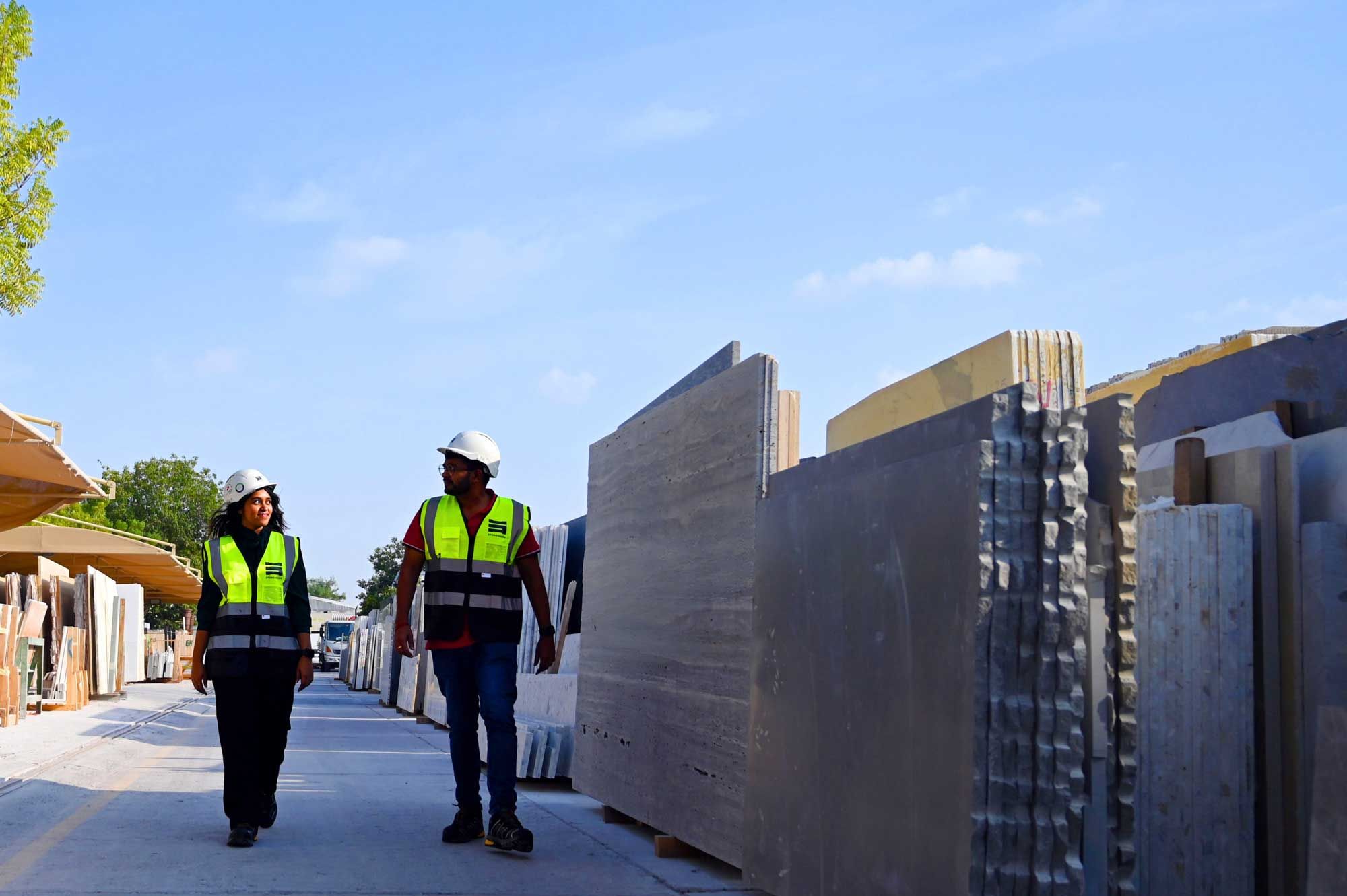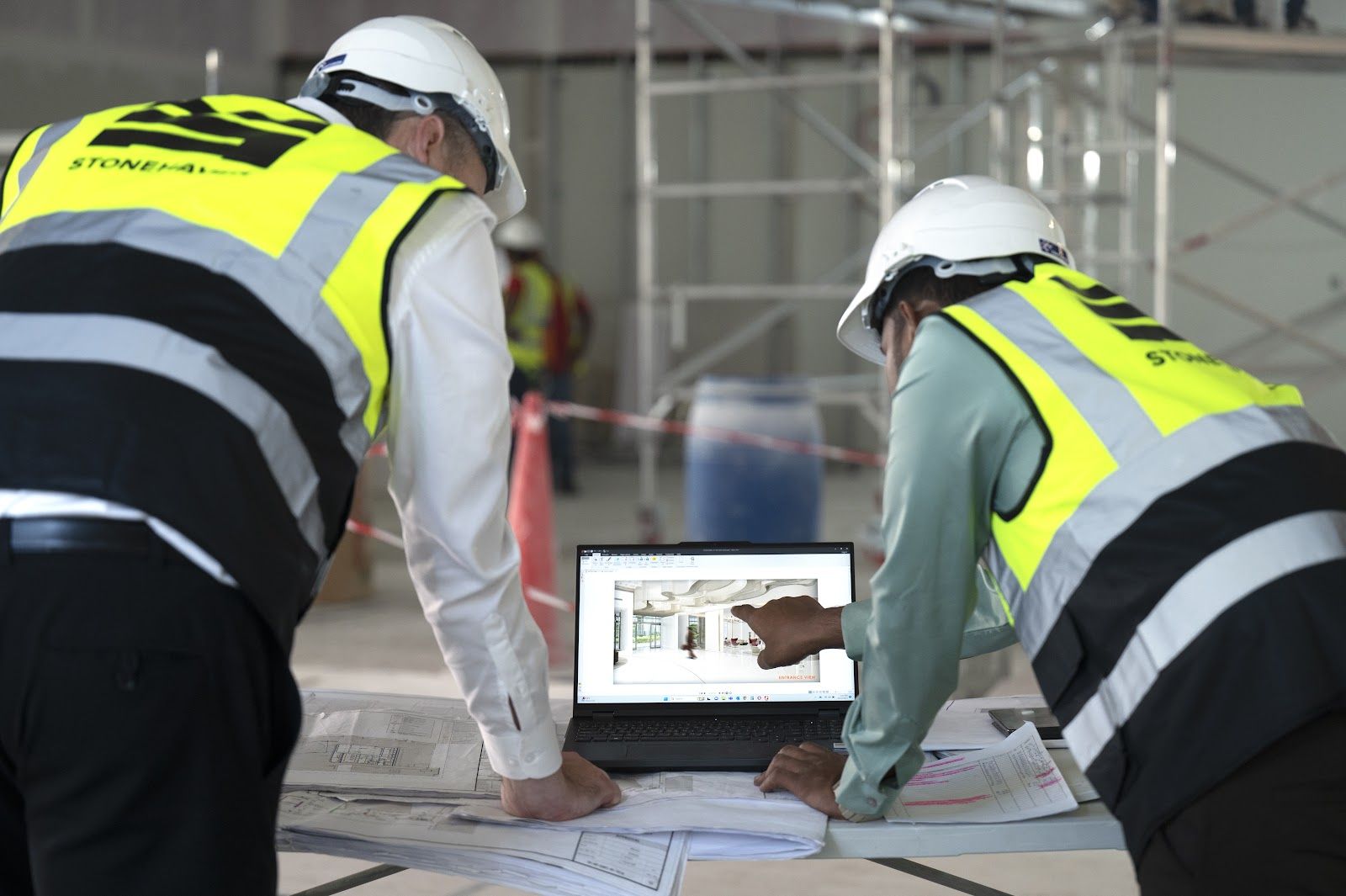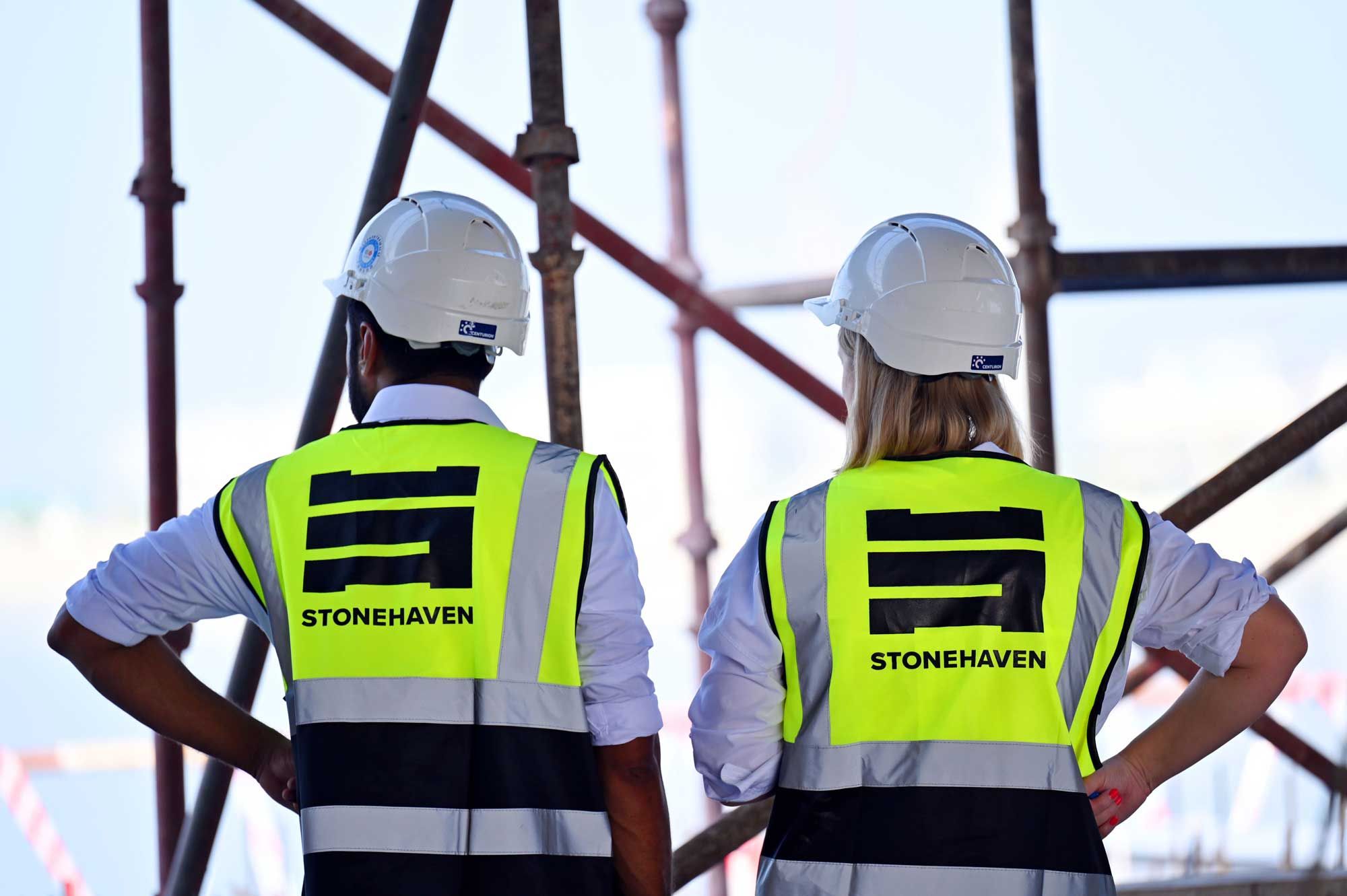In the age of hyperconnectivity and real-time delivery, a paradox sits quietly under our tyres: the more seamless our journeys feel, the more layered, fractured, and phased the planning behind them becomes.
Dubai’s road networks, especially its sprawling corridor projects feel almost organic in their evolution. From the serpentine loops of the Al Shindagha Corridor to the emerging intersections of Umm Suqeim, the UAE’s infrastructure is undergoing surgical transformation. And yet, the systems delivering this transformation remain largely unseen, under-discussed, and deeply misunderstood.
Corridor project management is not just about laying asphalt; it’s about orchestrating complexity. Here’s what that looks like when done right and why we need to think smarter about how we design, plan, and deliver these vital urban arteries.
Unpacking the Illusion: What We Think Roads Are
Corridor projects often appear linear to the casual observer. One end connects to the next. A bridge goes up. A road opens. Traffic flows.
In the case of the Al Shindagha Corridor — which spans 13 km, 15 intersections, and multiple delivery phases every section introduces a new equation of traffic redirection, phased construction, service relocation, environmental coordination, and public safety.
For instance, the bridge linking Dubai Islands to Bur Dubai might seem like a discrete feat of engineering, but in reality, it’s a knot of sequencing challenges: marine approvals, heritage zone constraints, stakeholder alignment, and tight tolerances in geotechnical design. Managing such infrastructure project delivery in UAE cities is a dance of constraint vs. continuity.
As corridor projects grow in scale, BIM integration becomes essential. Digital twins enable project teams to simulate construction phasing, traffic detours, and utilities clashes before a single bollard is moved. Likewise, emerging systems like V2X communication and adaptive traffic signal systems challenge project teams to factor in technologies that weren’t even mainstream when the original roads were built.
The illusion that corridor projects are "just roads" erases the complexity of phased road construction in Dubai. When you zoom in, you see the multi-modal layering pedestrian and cycle track infrastructure, carbon accounting metrics, and futureproofing for 5G connectivity in road networks all playing out in parallel.
How Delivery Actually Happens
The critical path in corridor project delivery doesn’t run along a straight line. It zigzags through political briefings, public concerns, material lead times, utility diversions, and budget re-forecasting.
What differentiates good corridor project management from the great is foresight — cost forecasting for transport corridors, lifecycle cost planning for road networks, and the intelligent phasing of works. This is where strategy becomes existential.
Consider the Umm Suqeim corridor project completion milestones. Behind the headlines of “70% done” lies a delicate choreography of contractors, consultants, and authorities all adjusting timelines, coordinating site access, and rescheduling works due to Ramadan, school terms, or tourist surges.
Critical path planning for bridge projects in Dubai often requires rethinking conventional scheduling logic. Night shifts, dry utility permits, Ramadan adjustments, and stakeholder approvals all factor into the Gantt chart. You’re managing permission.
And then there’s money. Without rigorous cost planning factoring inflation, global commodity shifts, and carbon reduction mandates, projects risk ballooning beyond their strategic intent. Consultants who understand both infrastructure and finance (not just construction) bring irreplaceable value in forecasting these risks early.
Commuter Expectations
There’s an emotional contract baked into every corridor. Commuters expect shorter journey times. Authorities expect fewer accidents. Citizens expect greener cities. These aren’t always written into the contract, but they’re embedded in the brief.
This is where corridor project management reveals its most overlooked layer: cultural intelligence.
Dubai’s corridors must do more than move vehicles; they must enable smart urban growth, preserve waterfront views, reduce noise, and integrate green space — all while keeping traffic flowing. It’s no longer just a question of “How many vehicles per day?” but “What does this corridor signal about our city’s future?”
Sustainable corridor design in Dubai now includes carbon accounting in transport projects and predictive maintenance for corridor assets. Users may never see the lifecycle dashboards, but they will notice when their commute is suddenly smooth, shaded, or free of bottlenecks.
The contradiction is that a corridor’s success is often measured in what’s not said — no delays, no complaints, no disruptions. This silence is hard-won.
It’s Not Just a Road — It’s Cost Control
Let’s be honest: corridor projects don’t break budgets because of asphalt or bridges. They break when complexity isn’t costed in. In real life? It’s a moving target, shifting utility lines, live traffic reroutes, multiple contractors, and timelines that change with every stakeholder meeting.
As Quantity Surveyors, we’re not just pricing concrete and steel. We’re forecasting the unknowns:
● What happens when a delivery phase shifts six months?
● What if utility authorities delay approvals?
● What if traffic diversion works double in scope?
That’s not in the tender drawings, but it hits your final account. Hard.
Phased delivery is a killer. Instead of one smooth contract, you’re dealing with rolling scopes, re-tenders, and pricing that can’t leverage scale. Add in inflation, night work, marine logistics, tech upgrades and suddenly, your BoQ’s are not outdated, it’s outpaced before you even break ground.
And then there’s the cost of time. Every delay compounds risk. Every design change has a knock-on effect. We see the dominoes before they fall and that’s what makes a good QS essential to corridor delivery.
Our job? De-risk the unknown, protect the budget, and keep the project from bleeding money while still hitting the brief. Corridor projects don’t collapse from bad builds. They collapse from unmanaged complexity. You need the right cost managers to stop that.
Conclusion: A New Definition of Progress
Good corridor project management isn’t just about asphalt thickness, signal placement, or milestone dates. It’s about seeing the full picture integrating technical systems, political pressures, financial realities, and human behaviour into a single coherent delivery strategy.
As cities across the Middle East expand, corridor projects are becoming the litmus test for how well we can plan not just for movement, but for resilience, adaptability, and intelligence.
In this space, the question isn’t “What do we build next?” it’s “How do we build smarter now?”
Featured Perspective
This article includes contributions and insights from Kaushalya J, Cost Manager at Stonehaven whose project experience in the industry has shaped much of this discussion.
Kaushalya is an experienced Quantity Surveyor in the construction industry. She has worked on a variety of projects, specialising in cost estimation, contract administration, and construction management. With a strong analytical approach and attention to detail, she is committed to delivering cost-effective solutions and maximising value in construction projects.
Want to Build Smarter Corridors?
If you’re a developer, consultant, or authority navigating the complex terrain of transport infrastructure or corridor upgrades in the UAE, let’s talk.
From phased delivery strategies to stakeholder coordination and cost forecasting, we support forward-thinking teams in building better.
Contact us to explore how Stonehaven helps shape the future of infrastructure project management in the region from vision to delivery.

